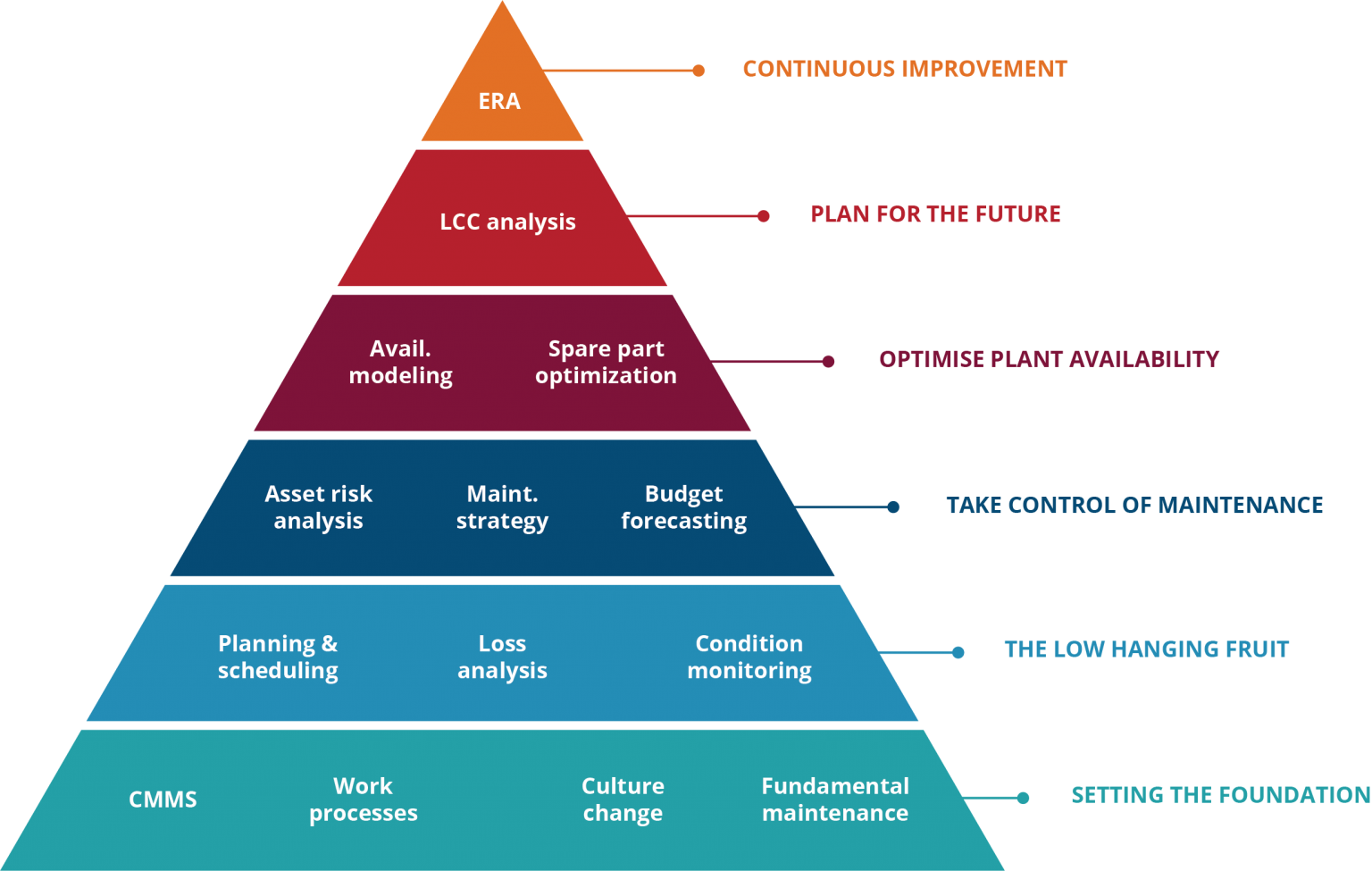Asset management is the direction of a client’s cash and securities by a financial services company, usually an investment bank. The institution offers investment services along with a wide range of traditional and alternative product offerings that might not be available to the average investor. The account is held by a financial institution and includes checking writing privileges, credit cards, debit cards, margin loans, the automatic sweep of cash balances into a money market fund and brokerage services.

BREAKING DOWN ‘Asset Management’
Asset management requires investment minimums, which means this service generally restrict accounts to high net-worth individuals, government entities, corporations and financial intermediaries. This includes such products as equity, fixed income, real estate, commodities and international investments.
When individuals deposit money into the account, it is placed into a money market fund that offers a greater return that can be found in regular savings and checking accounts. Account holders can choose between Federal Deposit Insurance Company-backed (FDIC) funds and non-FDIC funds. The added benefit to account holders is all of their banking and investing needs can be serviced by the same institution rather than having separate brokerage account and banking options.
These types of accounts resulted from the passing of the Gramm-Leach-Bliley Act in 1999, which replaced the Glass-Steagall Act. The Glass-Steagall Act was created during the Great Depression and did not allow financial institutions to offer both banking and security services.